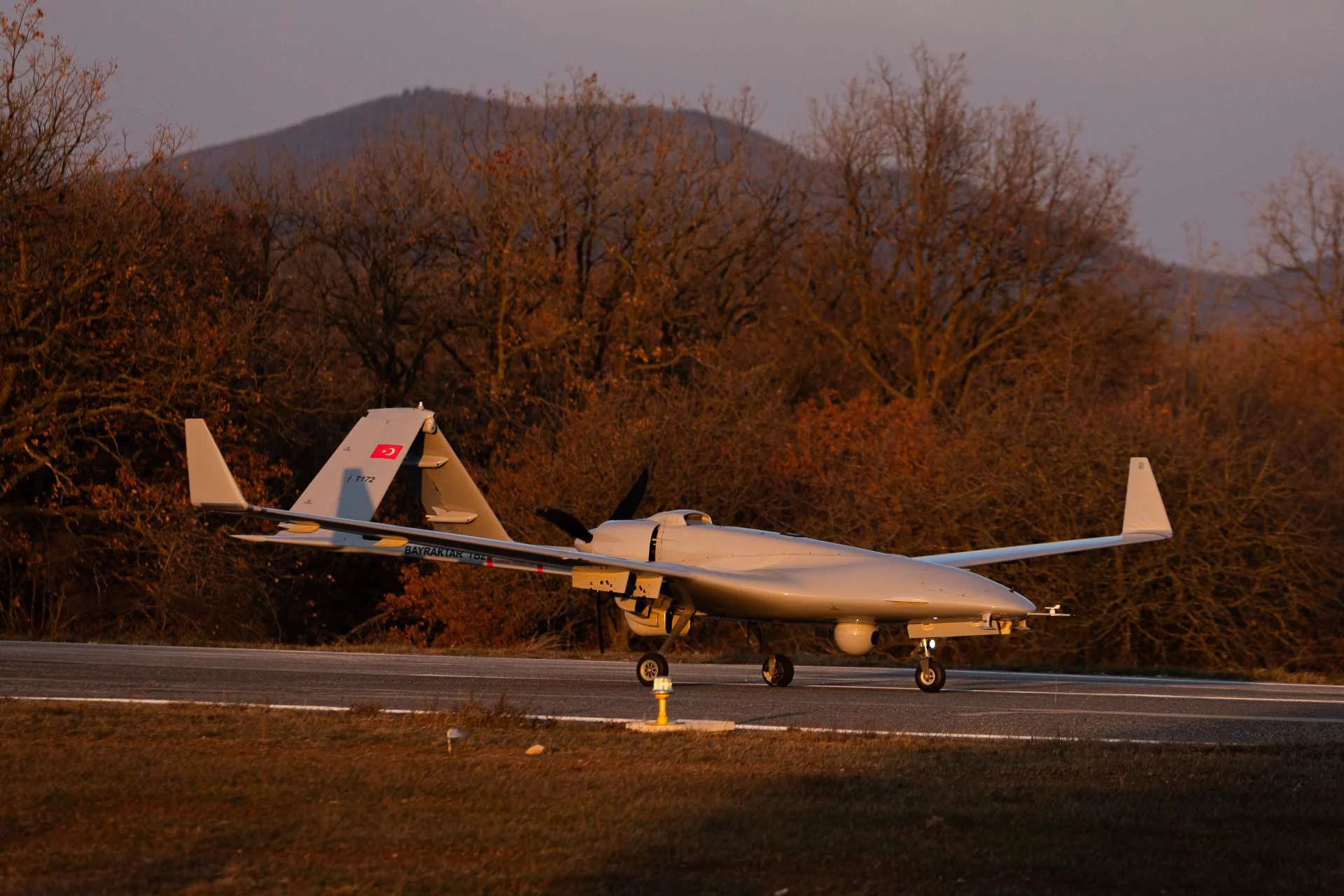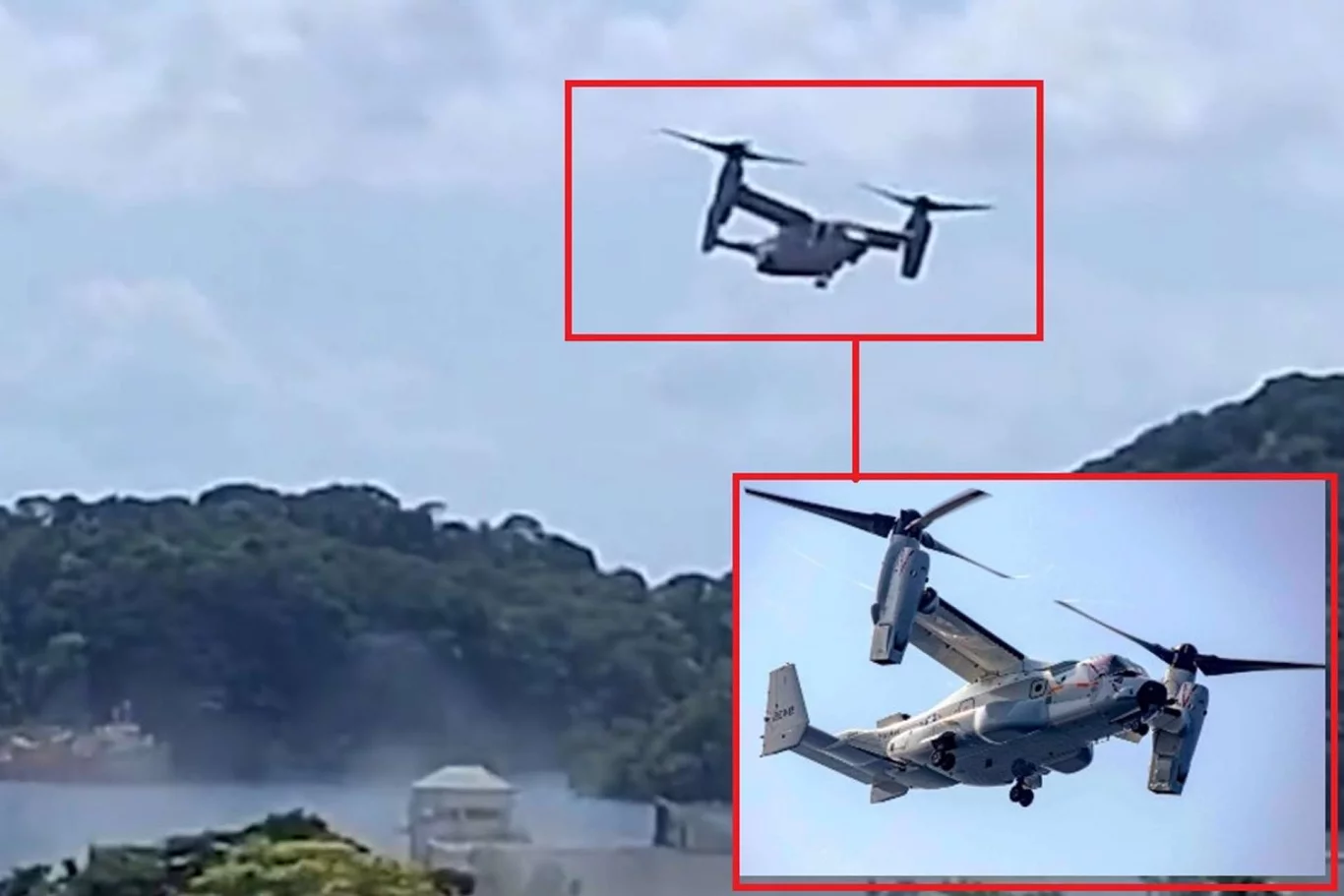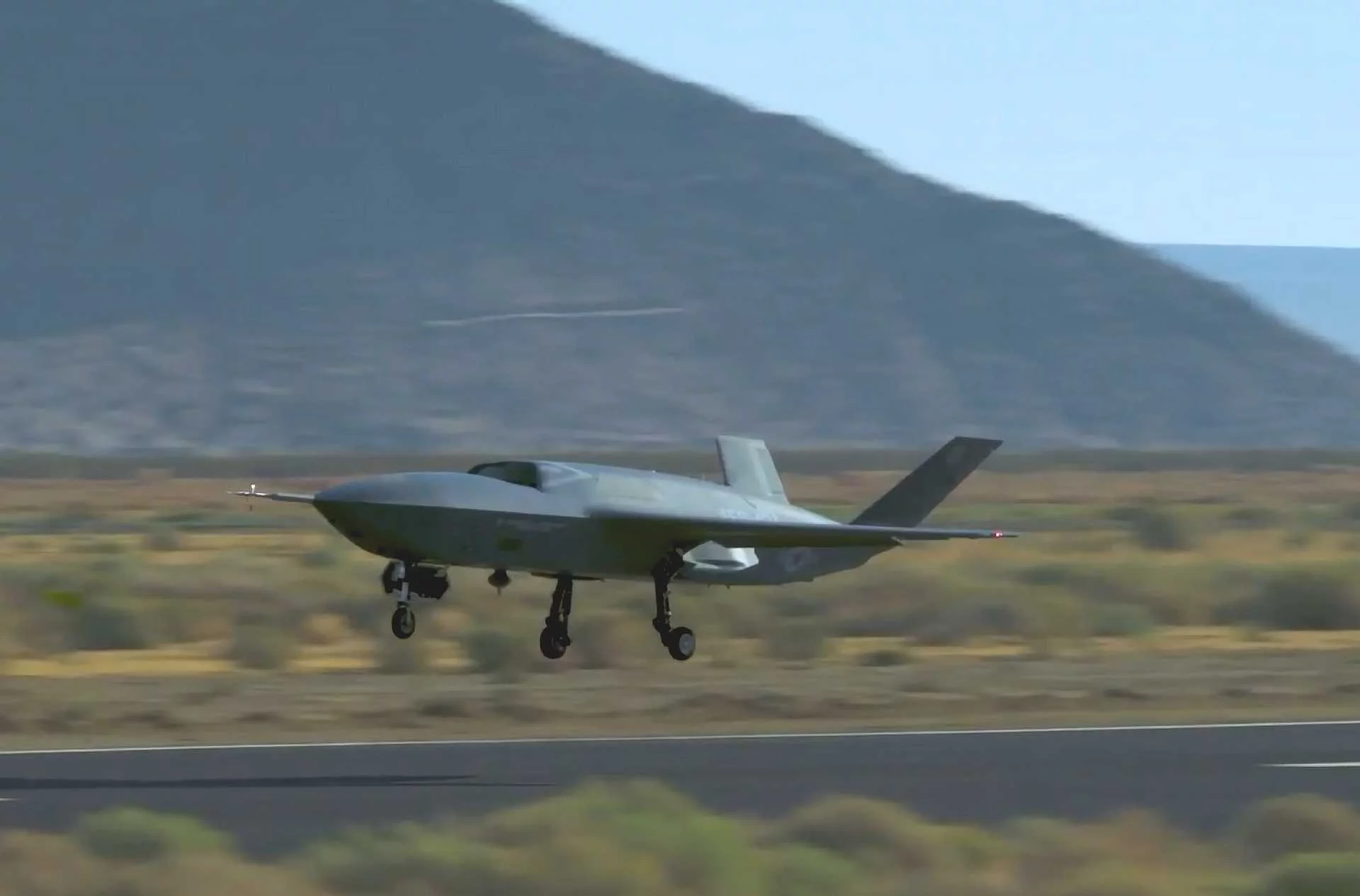While the F-35 Lightning II continues its global ascent as the most advanced fifth-generation fighter and the venerable F-22 Raptor maintains its undisputed air superiority role, a profound and largely clandestine shift is underway at Lockheed Martin’s Skunk Works. Reports suggest that the legendary aerospace giant is not merely conceptualizing but actively building prototypes for the elusive sixth-generation fighter aircraft. This quiet yet monumental undertaking signals a definitive move beyond the current paradigms of air combat, positioning Lockheed Martin and the United States at the forefront of the next revolution in aerial warfare, even as their existing advanced platforms enter new phases of sustained relevance and capability upgrades.
The development of a sixth-generation fighter is not just an incremental improvement; it represents a fundamental re-imagining of air combat. Fifth-generation aircraft like the F-22 and F-35 are defined by stealth, integrated avionics, and sensor fusion. A sixth-generation platform is expected to push these boundaries considerably further, incorporating features that are likely to include:
- Greater Autonomy and AI Integration: These aircraft will likely be designed from the ground up for seamless human-machine teaming, with advanced AI assisting pilots in decision-making, sensor management, and even operating autonomous wingmen (loyal wingmen drones).
- Advanced Networking and Sensor Capabilities: Beyond sensor fusion, these fighters will be integral nodes in a vast, interconnected battle network, sharing data almost instantaneously across the battlespace. New types of sensors, possibly including multi-spectral capabilities and directed energy weapons, could be integrated.
- Adaptive Engines and Hypersonic Capabilities: Next-generation propulsion systems will offer greater range, speed, and fuel efficiency, potentially including adaptive cycle engines that can shift between different modes for optimal performance. Hypersonic speed (Mach 5 and above) could become a standard capability.
- Enhanced Stealth and Signature Management: While stealth remains crucial, sixth-generation aircraft will likely employ even more sophisticated signature reduction techniques across multiple spectrums (radar, infrared, visual, acoustic), making them virtually undetectable.
- Open Architecture Design: A modular, open-system architecture will allow for rapid upgrades and modifications, ensuring the aircraft can evolve quickly to counter new threats without costly and lengthy redesigns.
- Directed Energy Weapons: The potential integration of laser weapons for defensive or offensive purposes could revolutionize air combat and air defense.
The fact that Lockheed Martin is reportedly building prototypes rather than merely conducting theoretical studies is highly significant. It indicates that the foundational technologies and design concepts have matured sufficiently to move into the tangible manufacturing and testing phase. This process involves complex engineering challenges, from developing exotic materials capable of withstanding extreme temperatures and pressures to integrating highly sophisticated software and hardware. Skunk Works, Lockheed’s legendary advanced development programs division, is precisely the place where such revolutionary projects are born in secrecy. Their history of delivering game-changing aircraft, from the U-2 to the F-117 and F-22, lends immense credibility to these reports.
Meanwhile, the F-35 and F-22, current titans of the skies, are not being left behind. Both platforms are entering new, crucial phases of their operational lives.
- F-35’s Continuous Evolution: The F-35 is undergoing continuous Block upgrades, integrating new software, weapons, and enhanced capabilities. As it matures, its role as the backbone of Western air forces will only solidify, acting as a crucial sensor node and strike platform across multiple domains. Its global fleet provides invaluable data and operational experience that will undoubtedly feed into sixth-generation development.
- F-22’s Enduring Dominance and Transition: The F-22 Raptor, despite its smaller numbers, remains the undisputed king of air superiority. It is also receiving significant upgrades, ensuring its dominance continues well into the future. However, its phase is also about setting the stage for its successor. The lessons learned from the F-22’s advanced stealth and air-to-air prowess are foundational for any next-generation air dominance platform. Its eventual retirement will create a vacuum that only a true sixth-generation fighter can fill.
The parallel development strategy makes immense strategic sense. By building sixth-generation prototypes now, the U.S. and Lockheed Martin can ensure a seamless transition and maintain a decisive technological edge over potential adversaries. This avoids capability gaps and allows for the gradual de-risking of advanced technologies before full-scale production. It’s a race not just for a new aircraft, but for future air dominance itself. The implications are profound, suggesting a future where aerial combat will be faster, more networked, and significantly more autonomous, pushing the limits of human and machine collaboration in the unforgiving skies.




